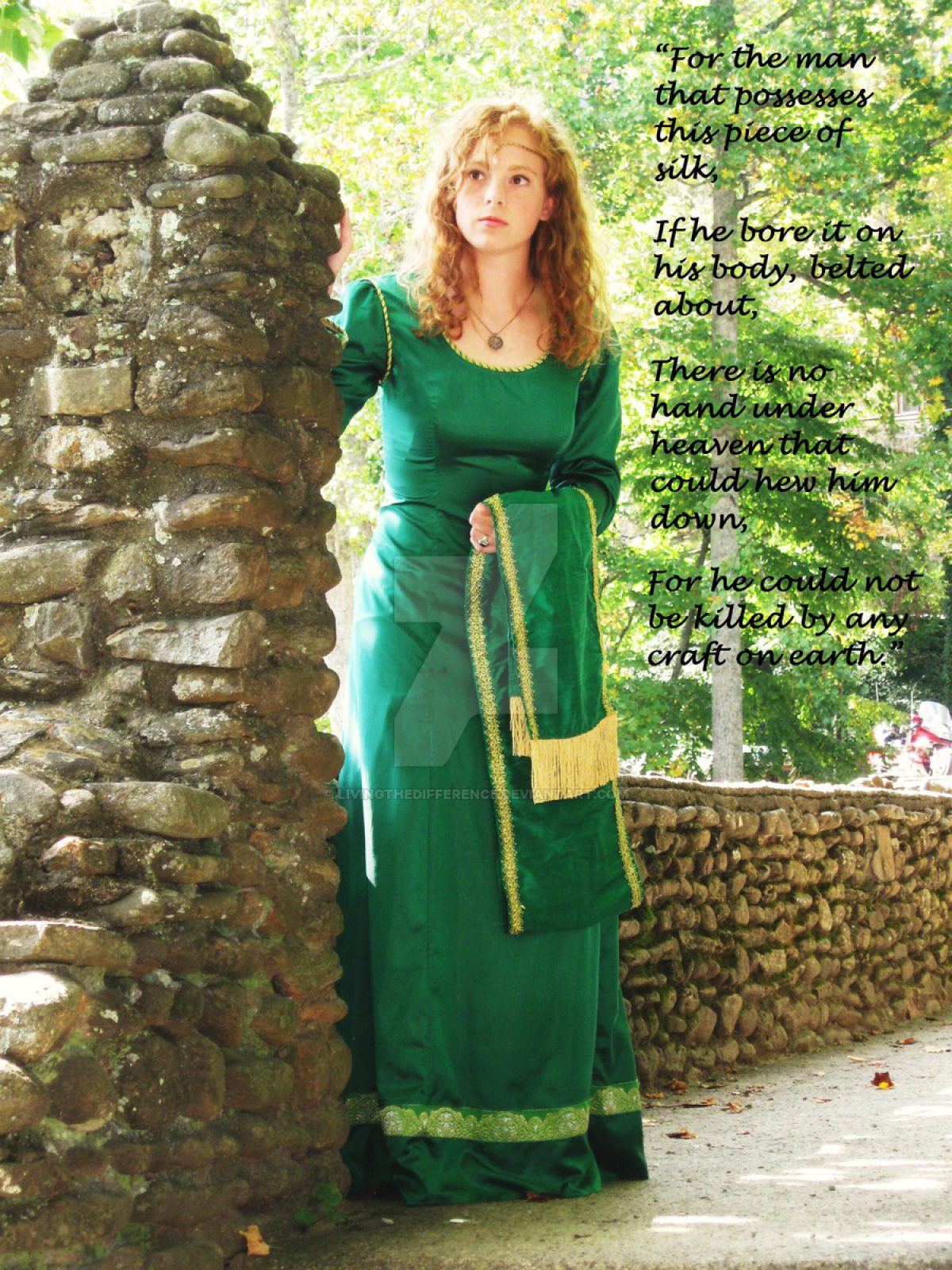The present work is animated by a conviction: to understand Tolkien’s literature it is necessary to tell the history of Western imagination and fantasy. Once we trace it to its beginning in Homer and the Old Testament and follow it through to the end of the Middle Ages, we see how there are three omissions in Tolkien’s narrative and biographical/literary self-portrait. The first omission is precisely the role that Tolkien means to play in the tradition of Western fantasy. The second is the omission of the importance of late Middle English literature in particular as a source for his fiction. The third omission is the removal of the co-related elements of woman, body, and sexuality from Tolkien’s narrative. To these three omissions there could be added a fourth that coincides with the absence of religion.
The aim of the present work is then to look into these three omissions and the reasons thereof in order to point out their interrelation in a purposeful design to achieve a peculiar literary effect as well as to thematize a theological gender dimension that, while still aligned to the main currents in the Christian theology of Tolkien’s time, is highly original, anticipates future developments and even surpasses them. The role played by late Middle English literature in prompting such ideas is evidenced in detail with particular reference to Chaucer, Langland, the author of Sir Orfeo, and especially the Gawain-Poet.
As Elizabeth Zuckert reports: “according to both Strauss and Derrida, what an author does not say can be more important than what is said” (Zuckert 1996: 202), or, to phrase it differently, in their philosophy “the ‘subtext’ is more meaningful than the text” (Beiner 2004: 150). Clearly from such an assumption it is not evident that it should be applied to Tolkien as well, nor how, and on the contrary it could be argued that Tolkien repeatedly warns against applying to his texts categories that are foreign to their letter, as though it was an allegory. It is not necessary to quote all instances of such warnings, but one is especially revealing, distinguishing Allegory from Story:
Of course, Allegory and Story converge, meeting somewhere in Truth. So that the only perfectly consistent allegory is a real life; and the only fully intelligible story is an allegory. And one finds, even in imperfect human ‘literature’, that the better and more consistent an allegory is the more easily can it be read ‘just as a story’; and the better and more closely woven a story is the more easily can those so minded find allegory in it. But the two start out from opposite ends (Letters 121)
It does not especially matter whether the allegorised of the allegory is religion, sex, adultery, or the image of God. The point is that, however Tolkien may say that he came up with full-fledged stories out of the blue, this is simply unbelievable, as everybody as well as he himself agrees that he was inspired by Germanic and, to a lesser extent, Celtic mythology. Subtext is then acknowledged by him, at least as the analogy of the soup of story in his essay On Fairy-stories (OFS 39-40). It only takes to consider the range of his knowledge of the Classics and the Bible to understand the first omission, and it is his expertise in Middle English that is key to the second, while the third results from both the arguments advanced for the previous two. Besides, as he says, there is allegory in any story, and allegory is a mode of Truth, which means that, even if Tolkien’s authorial intent was not allegorical, the texts he wrote can signify meanings not intended by the author and yet belonging to him, not only to the reader. Indeed, it is precisely Tolkien’s warning against allegory that begs the question of what is concealed behind the text and is yet revealed through the text itself, by way of ellipsis, and truly the motivating challenge for the scholar of Tolkien’s literature is understanding the reasons for, and modalities of, such a concealment.
What follows is an attempt to undertake such a challenge.
(Giovanni Carmine Costabile, “Preface” in “The Mirror of Desire Unbidden: Retrieving the Imago Dei in Tolkien and Late Medieval English Literature,” Peter Lang, 20 May 2024)

John William Waterhouse, Mariana Looking in the Mirror

